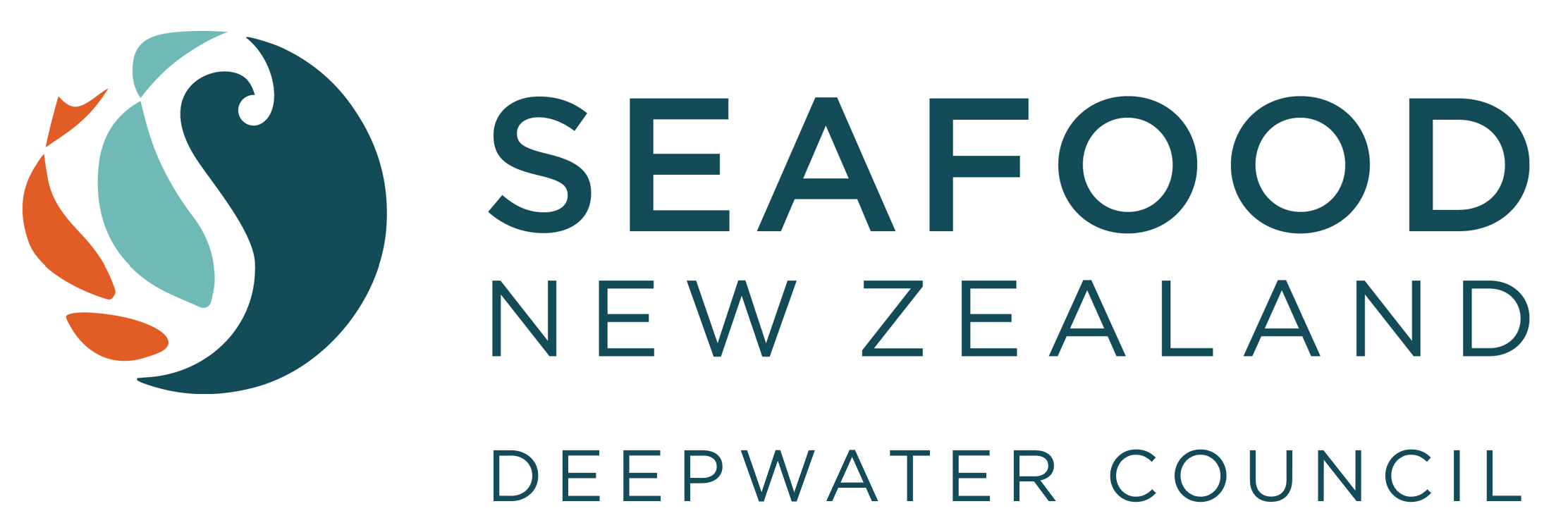In a world of black and white, it's about balance
Republished from stuff.co.nz - 22 December 2021
OPINION: Doug Paulin, CEO of the country’s largest deepsea seafood company Sealord, says conservation of New Zealand’s marine biodiversity is a core industry principle, despite what you may have heard.

Science must remain at the heart of any discussion around bottom trawling, says Sealord CEO Doug Paulin.
Food production is a question of balance – ensuring we conserve biodiversity while still providing security of food for the global population and jobs for New Zealanders is a must, whether we are talking land-based production or marine-based production.
It is easy to say, but this is not just lip service. Food industries in New Zealand are tightly regulated so that this critical balance can be maintained, none more so than the fishing industry and the individual species we fish for.
Our marine conservation measures have been designed to ensure that, at all times, any such impacts of our activities are managed well within acceptable limits. They have also been designed because we have plenty of fish to conserve and manage in the first place.
A great variety of fish thrives in our waters. It is this abundance of species that most other countries do not have, that leads to New Zealand being one of the countries that bottom trawl.
As of writing, the Environment Select Committee is considering submissions responding to a petition calling for a ban to bottom trawling around seamounts in New Zealand’s Exclusive Economic Zone (EEZ).
The Deepwater Group, on behalf of the deepwater fishing industry, recently appeared before the Environment Select Committee to respond to the petition. As an industry, we called for science to remain at the heart of the discussion, because these days, that’s what guides us.
Amid the vast array of legislation and complexity of the Quota Management System designed to protect biodiversity in our oceans, we work closely with scientists, the Ministry for Primary Industries (MPI), and the Department of Conservation as well as conservation groups, to ensure conservation and food production from our oceans is balanced.
While fishing, just like farming on land, has an impact on the environment, fishing in fact has the lowest environmental footprint of all food production.
Those that say bottom trawling is the “most destructive method of fishing” need to reconsider the context of that statement given that 91 per cent of our EEZ is untouched and large areas over a range of habitats are closed to trawling.
Beyond that, we fish and return to the same grounds, or paddocks, repeatedly. Backed by technology and science, as a country we produce 700 million seafood servings from just 1.1 per cent of the EEZ.

The crew of the Sealord fishing vessel Otakou prepare the nets in the Cook Strait during the Hoki season.
In those defined areas where you bottom trawl, you are of course going to interact with the seabed, no different to when you pull a plough behind your tractor and you interact with the land, which is now devoid of the trees that were once there.
It is possible to manage in tandem, bottom trawling and conservation of our native flora and fauna on the seabed in our EEZ, just as we manage conservation and food production on land.
Environmentally, catching fish in our EEZ, bottom trawling, is the lowest form of food production on the planet in terms of its impact. That’s the result of good balance – the lowest form of environmental and carbon footprint in terms of food production, with conservation enshrined in legislation and protected areas that give you biodiversity in the benthos.
In saying that, Sealord is always interested in pushing to do more and being as transparent as possible and we have several future-based action plans that we are currently developing.
Amid the noise about bottom trawling, the industry has taken the view over the years, to continue what we do really well, and keep getting better and better and then maybe one day we’ll talk about it.
This approach probably hasn’t served us that well, meaning some who are not in the industry still think of it was as it was 30 years ago, which couldn’t be further than the truth.

Maintaining New Zealand’s conservation status while ensuring food production is what it is all about.
Sealord, as the country’s largest deepsea fishing company, is open to discussion with the Government, the public and NGOs on whether or not further management measures might be required.
We need to sit down and talk and ask, what is a viable place we can get to where we can assure that conservation is absolutely maintained at a world-leading status and that food production can still occur in New Zealand’s EEZ, including bottom trawling.
And at the heart of those discussions, science and transparency must prevail.
